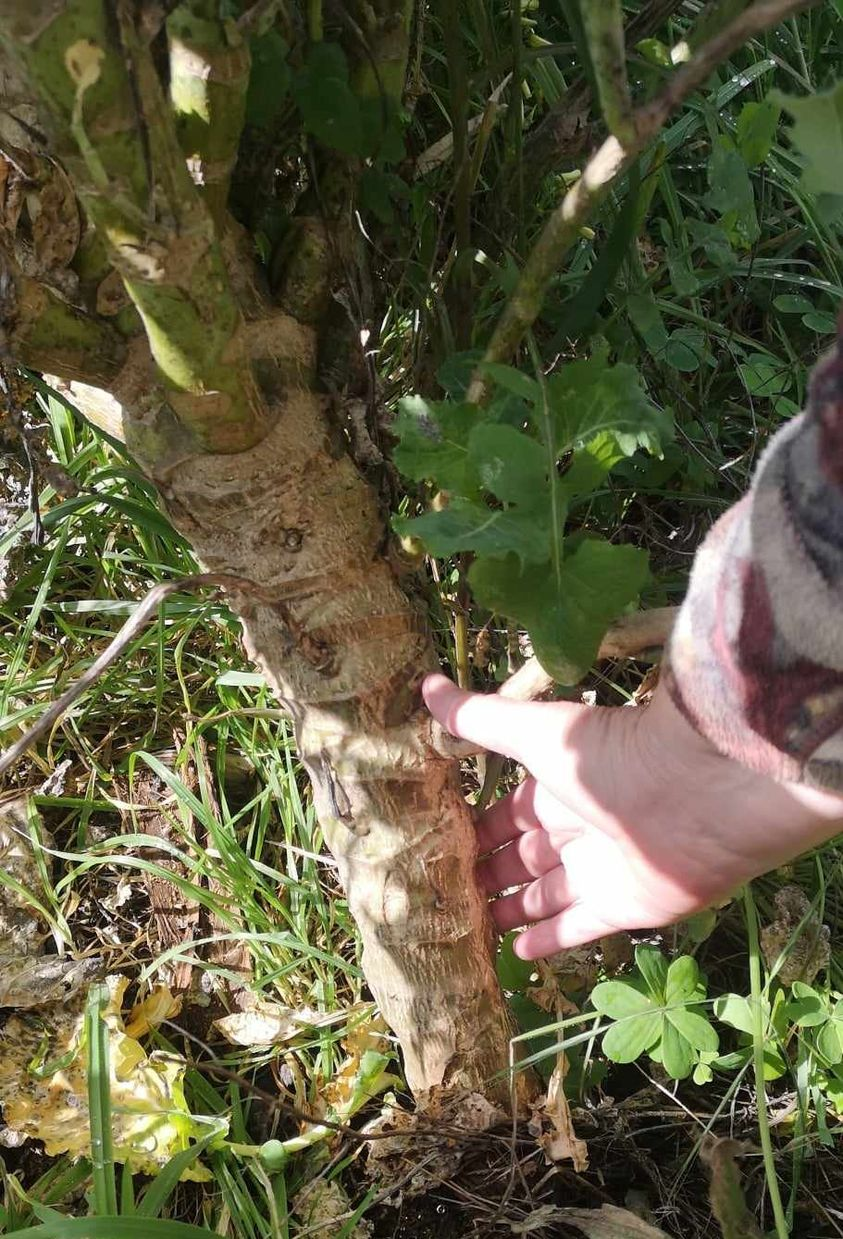
 1
1




 1
1




 1
1




 5
5




 1
1




 4
4





 3
3




 4
4





 2
2




How Permies works: https://permies.com/wiki/34193/permies-works-links-threads
My projects on Skye: The tree field, Growing and landracing, perennial polycultures, "Don't dream it - be it! "
 4
4






How permies.com works
What is a Mother Tree ?
 1
1




Burra Maluca wrote:This is a stem of a two year old Portuguese galega (very similar to walking stick kale) ....
“The most important decision we make is whether we believe we live in a friendly or hostile universe.”― Albert Einstein

















